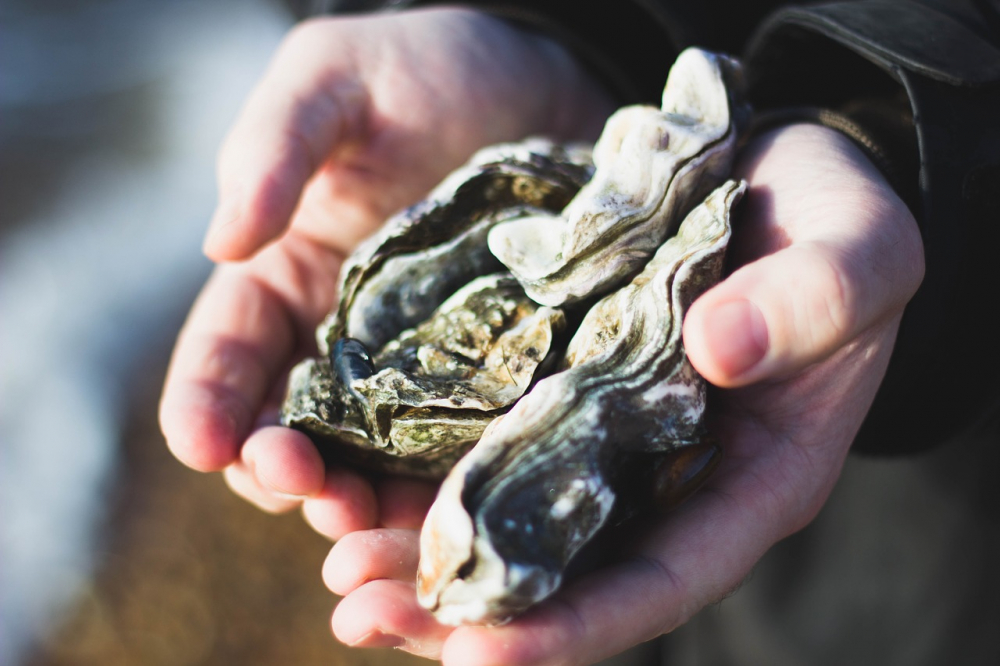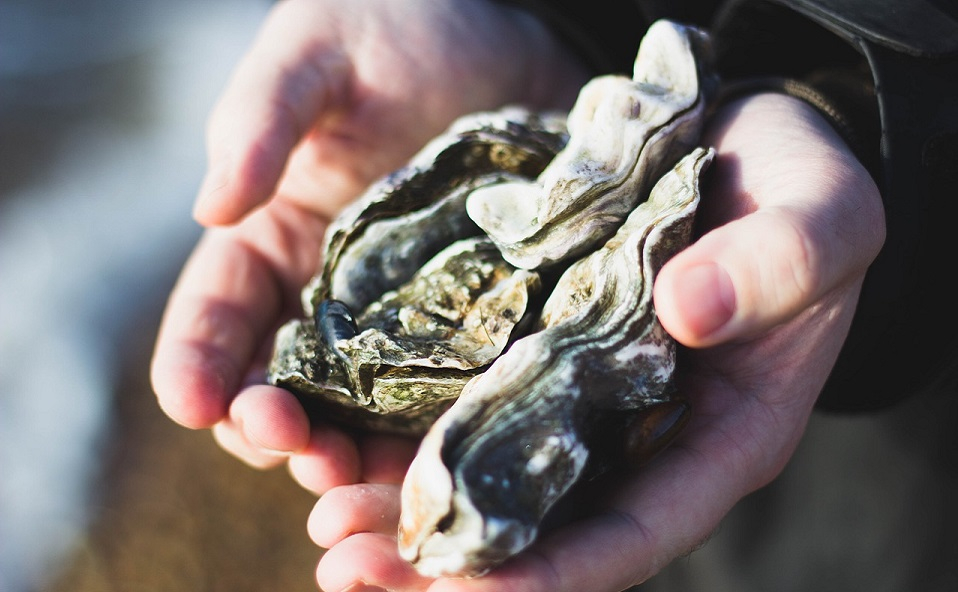
Efforts to increase Chesapeake Bay’s oyster population – a key indicator of the bay’s health – have received $800,000 in federal funding.
“This money will allow us and our partners – including the Maryland Department of Natural Resources – to finish up (habitat) restoration work,” Mike Roman, director of the Horn Point Laboratory at the University of Maryland’s Center for Environmental Studies in Cambridge, told Capital News Service.
The restoration work is on the Little Choptank, Tred Avon, St. Mary’s and Manokin Rivers, and Harris Creek, Roman said.
The funding arrives in tandem with a state proposal to reduce this year’s oyster harvest by 30%. The reduction is aimed at helping to achieve the goal of a sustainable supply of oysters in eight to 10 years, state officials said.
Maryland’s Department of Natural Resources estimated there were 300 million mature oysters in the state’s portion of the Bay in 2018 – down from 600 million in 1999.
The five waterways are tributaries of the Chesapeake Bay, where scientists are working toward a goal of 50 oysters per square meter.
Harris Creek and the Little Choptank, Tred-Avon, and Manokin Rivers are on Maryland’s Eastern Shore south of Kent Island, while the St. Mary’s River is in southern Maryland.
The funding was announced Aug. 27 by Sens. Chris Van Hollen and Ben Cardin, both D-Maryland, and House Majority Leader Steny Hoyer, D-Mechanicsville. The National Oceanic and Atmospheric Administration, based in Silver Spring, Maryland, provided the funds.
Van Hollen told Capital News Service the oyster habitat funds are part of a larger program that includes an annual federal investment of $73 million to protect the Bay, and the designation of Mallows Bay-Potomac River in Charles County as a National Marine Sanctuary.
“Oysters are a key part of cleaning up the bay,” Van Hollen said. “A strong oyster population also equals a strong oystering industry.”
He also said he was working to increase the $73 million in future spending.
Hoyer said in a statement that he was “confident these funds will benefit our watermen. I will continue to work in Congress to advocate for resources to clean up the Chesapeake Bay.”
Cardin’s office did not respond to a request for comment.
The lawmakers aren’t overstating oyster populations’ importance to the health of the Bay, according to Roman.
“An oyster will filter 50 gallons of water per day,” he said. “All those oysters filter particles and algae out of water, make water clearer, get more (marine) life for sea grasses and promote a healthier Bay.”
Roman added that both commercial and sport fishermen benefit from clear waters with greater biodiversity promoted by oysters.
Oyster habitat restoration efforts have been underway for four years, following a 2012 report by the U.S. Army Corps of Engineers finding the selected waterways suitable for the project, according to Maryland Department of Natural Resources spokesman Gregg Bortz.
“These five rivers are areas with good water quality suitable for oyster recruitment and survival, and historically always had oyster populations,” he said. His agency has conducted an annual fall survey since 1939 measuring oyster populations in some 200-400 oyster bars throughout the Bay, according to Bortz.
A total of 773.5 acres of oyster habitat have been restored in the Bay since 2011, according to the department.
Roman said oyster populations can differ significantly from year to year, with high rainfall in the past two years as well as drought and water diseases in previous years both adversely affecting growth.
He expects the overall project will be complete within the next three years, with the state continuing to survey populations to determine if their numbers are satisfactory.
“If not, we’ll reseed,” Roman said, referring to the process of releasing oyster larvae into reefs to attach themselves to shells. He called restoration efforts “something Marylanders should be very proud of.”



Write a Letter to the Editor on this Article
We encourage readers to offer their point of view on this article by submitting the following form. Editing is sometimes necessary and is done at the discretion of the editorial staff.